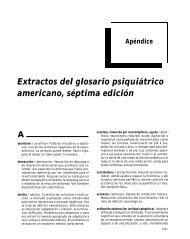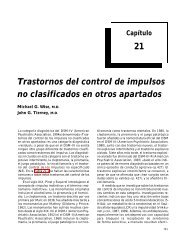M - PDFuploader
M - PDFuploader
M - PDFuploader
Create successful ePaper yourself
Turn your PDF publications into a flip-book with our unique Google optimized e-Paper software.
Tema 13 El modo imperativo<br />
G 13.1. El modo imperativo<br />
TEMA 13<br />
EL MODO IMPERATIVO<br />
DER IMPERATIV<br />
El imperativo es la forma verbal que se emplea para expresar un<br />
mandato, una súplica o un ruego dirigidos a una o más personas. Por<br />
eso, el modo imperativo no tiene, en realidad, más que dos personas:<br />
la segunda del singular (du, Sie) y del plural (ihr, Sie). Tampoco permite,<br />
por su naturaleza, otro tiempo de acción que el presente:<br />
kommen<br />
fragen<br />
bleiben<br />
nehmen<br />
sich freuen<br />
anrufen<br />
Singular Plural<br />
du Sie (Ud.) ihr Sie (Uds.)<br />
komm!<br />
frag!<br />
bleib!<br />
nimm!<br />
freu dich!<br />
ruf an!<br />
G 13.2. Tratamiento de du<br />
kommen Sie!<br />
fragen Sie!<br />
bleiben Sie!<br />
nehmen Sie!<br />
freuen Sie sich!<br />
rufen Sie an!<br />
kommt!<br />
fragt!<br />
bleibt!<br />
nehmt!<br />
freut euch!<br />
ruft an!<br />
kommen Sie!<br />
fragen Sie!<br />
bleiben Sie!<br />
nehmen Sie!<br />
freuen Sie sich!<br />
rufen Sie an!<br />
El imperativo se deriva de la 2ª persona del singular del presente de<br />
indicativo, suprimiendo la desinencia -(e)st y el pronombre personal du.<br />
Ejemplos:






